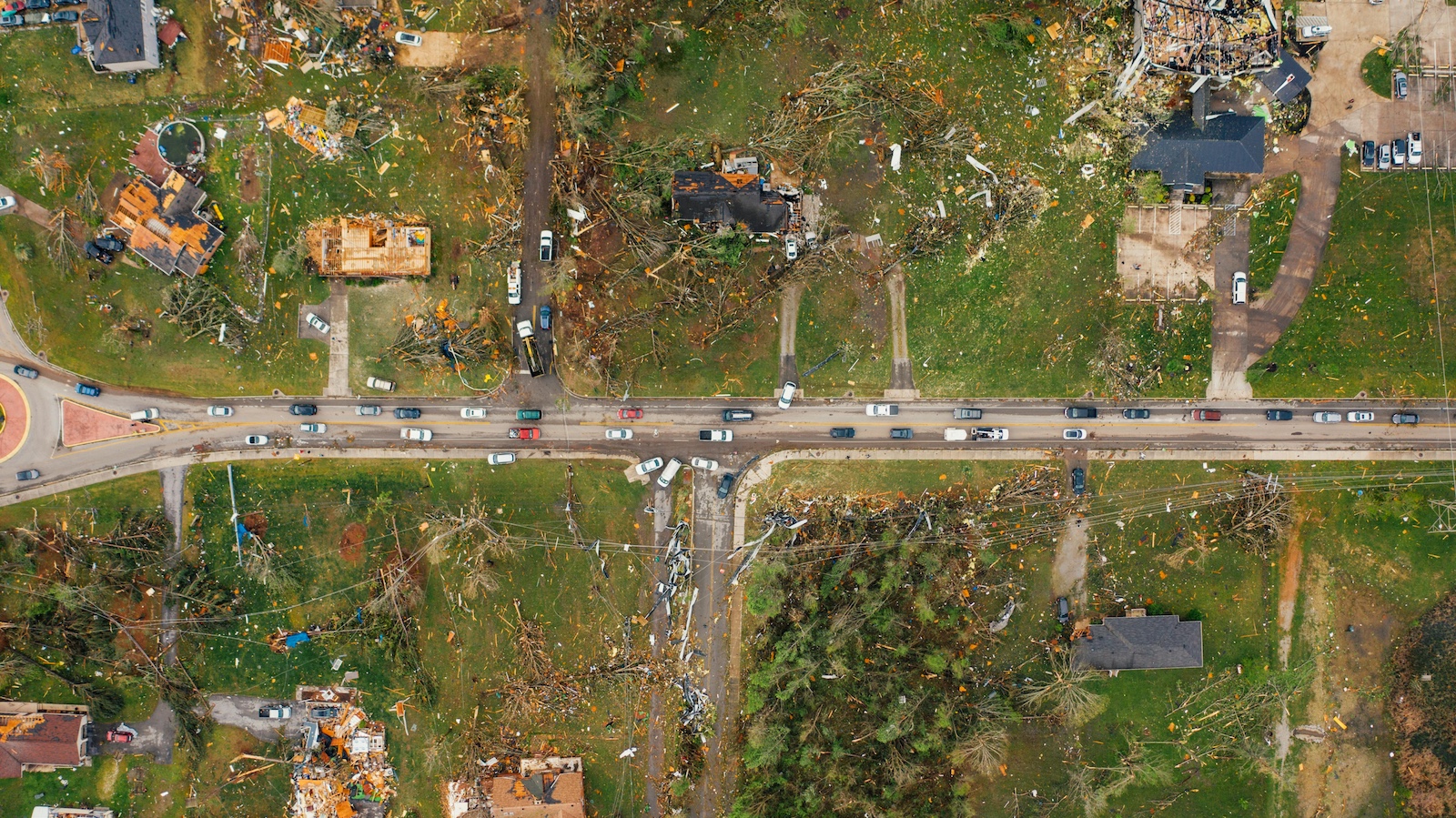Southern Californians found themselves earlier this summer dealing with some of the largest earthquakes and aftershocks to hit the area in 20 years. Although the earthquakes weren't devastating, they did serve as a reminder about earthquake insurance and whether its cost, high deductibles and exclusions make it the best route to go to protect your home or business.
Following the quakes, which included nerve-shattering aftershocks, questions and confusion abound, particularly on the subject of insurance. Many believe inaccurately, state Insurance Commissioner Ricardo Lara would later emphasize, that a moratorium had been placed on all new earthquake policies.
"While we have Californians' attention, insurers should not create barriers to homeowners or renters who want to protect their assets from earthquakes," Lara said, promising to send notices to insurers reiterating that the standard 15-day waiting period for coverage after a seismic event in no way means they should decline to write new policies.
And there is plenty of interest. Glenn Pomeroy, CEO of the California Earthquake Authority, reported traffic to the not-for-profit’s website had increased tenfold since the earthquakes.
See also: Preparing for the Next Big Earthquake
But the vast majority of California residents — 87% statewide, according to the California Department of Insurance — don't opt for earthquake coverage. The number with insurance rises to only 20% in Los Angeles and Orange counties.
What gives?
The answer most often lies in the deductibles, says Consumer Action, a San Francisco-based education and advocacy nonprofit founded in 1971. Simply put, combine modern building codes with the fact that you would have to suffer catastrophic home damage for a policy to kick in, and the odds are probably in your favor without insurance.
"Even on the West Coast, earthquake insurance is not for everyone," Consumer Action spokeswoman Linda Sherry says. "It can be prohibitively expensive and come with large deductibles."
High cost, large deductibles put coverage out of reach
For example: If a $500,000 home with a replacement value of $300,000 was struck by a quake, you'd have to cough up $45,000 to meet a 15% deductible. That's a lot of earthquake damage before the policy would help. Throw in the fact that many California residents have little if any equity in their homes after the housing bust, and it would be tempting to walk away from a mortgage if such a calamity occurred.
Ultimately, whether to opt for earthquake coverage is a case-by-case and individual budget decision, Sherry says.
Rather than spend money on extra insurance, some homeowners invest it in a preventative approach — reinforcement bracing and securing homes to foundations.
A "brace-and-bolt" program administered by the California Earthquake Authority has thus far distributed grants of up to $3,000 to retrofit more than 5,000 high-risk houses built before 1979.
"After the Napa earthquake, I saw quite a few houses that slid off their foundation," California Earthquake Authority Chief Mitigation Officer Janiele Maffei says. "A brace-and-bolt retrofit beforehand could have made the difference."
See also: A Troubling Gap in Earthquake Coverage
A retrofit typically costs $3,000 to $7,000, according to the CEA.
Hazards to people come mostly from man-made structures, and the Federal Emergency Management Agency says many injuries can be prevented by securing tall or heavy items, such as appliances, with nylon straps or closed hooks, moving them away from beds and seating and making sure gas appliances have flexible connectors to prevent fires.
This article was originally published on insurancequotes.com.
When NOT to Have Earthquake Insurance
Combine modern building codes with huge deductibles before a policy kicks in, and the odds are probably in your favor without insurance.






